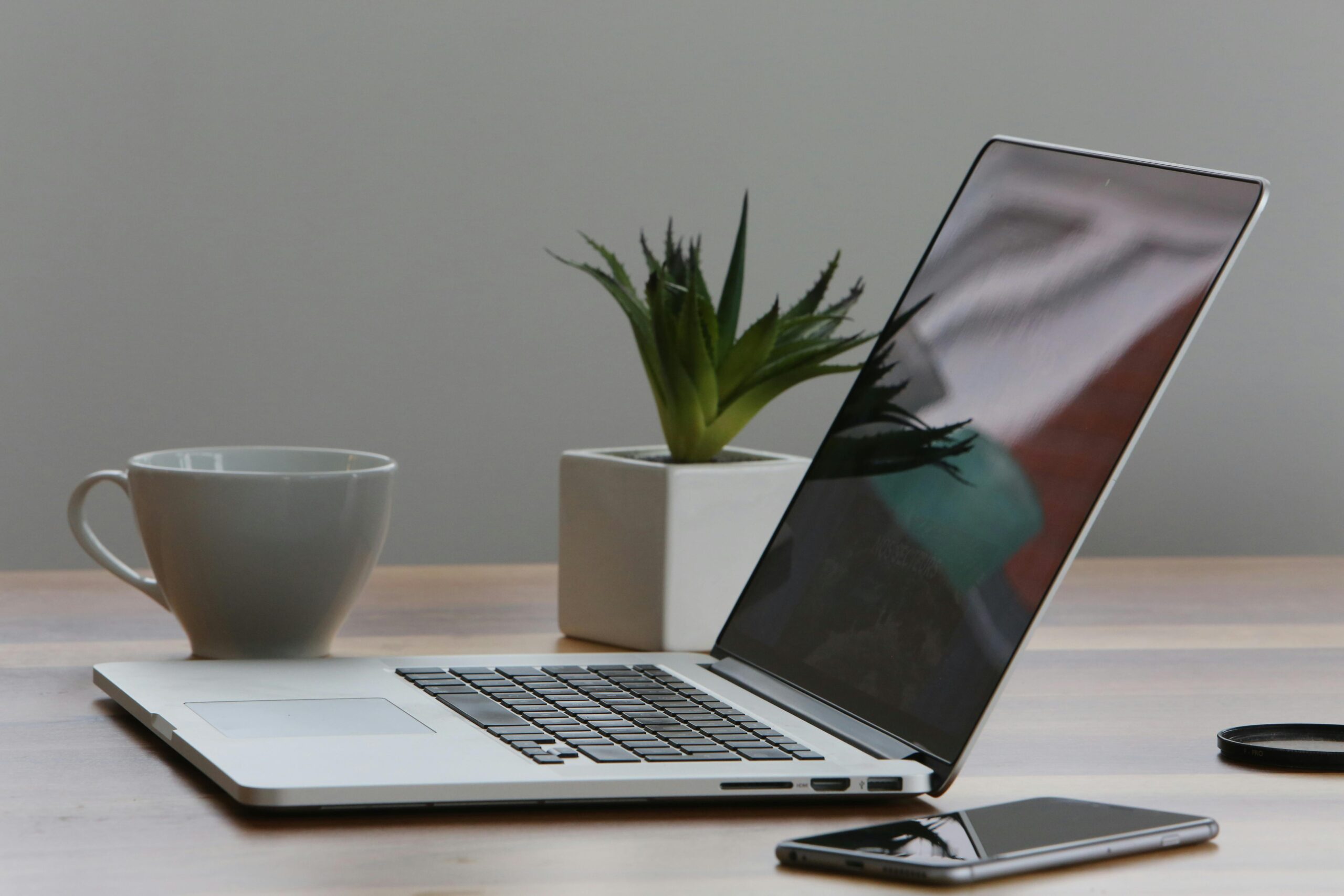In the whirlwind of today’s business landscape, adaptability reigns supreme. Today’s workspaces transcend physical boundaries. Employees work and collaborate seamlessly from anywhere. Whether they’re sipping coffee at a local café or lounging on their living room couch. That’s the magic of a mobile-optimized workspace. It’s a game-changer for productivity and performance.
51% of employees use company-mandated apps when working via mobile devices.
Why Optimize for Mobile?
The modern workforce dances to a different beat. Gone are the rigid 9-to-5 shackles; instead, employees crave flexibility. They want to switch effortlessly between their trusty desktops and pocket-sized smartphones. Allowing them to tackle tasks wherever inspiration strikes.
A mobile-optimized workspace isn’t a luxury. It’s the power to foster a thriving, engaged team. Enabling mobile-friendly work is about supercharging productivity and nurturing employee happiness. Keep reading to explore the art of crafting a mobile-first environment.
Core Components of a Mobile-Optimized Workspace
- Cloud-Based Everything: Shift your operations to the cloud. This ensures seamless access to files, applications, and collaboration tools from any device.
- Mobile-First Applications: Develop or choose applications that focus on mobile experiences. Ensure they are intuitive, responsive, and offer the same functionality as desktop versions.
- Robust Collaboration Tools: Equip your team with powerful collaboration tools. Tools designed for mobile use. Features like real-time editing, file sharing, and video conferencing are essential.
- Secure Mobile Device Management: Install robust security measures. The goal is to protect sensitive company data on mobile devices. This includes encryption, remote wipe capabilities, and regular security updates.
- Employee Training: Invest in training programs. Equip employees with the skills to effectively use mobile devices for work.
Benefits of a Mobile-Optimized Workspace
- Increased Productivity: Employees can work from anywhere, at any time. This boosts efficiency and work-life balance.
- Enhanced Collaboration: Real-time collaboration tools foster teamwork and knowledge sharing.
- Improved Decision Making: Access to data and insights on the go empowers employees. It helps them make informed decisions quickly.
- Attracting Top Talent: A mobile-first approach appeals to a younger, tech-savvy workforce.
- Cost Savings: Reduces reliance on physical office space and associated costs.
Challenges and Considerations
While the benefits are clear, creating a mobile-optimized workspace isn’t without challenges.
- Security Risks: Increased device usage means a larger attack surface. Put in place robust security measures to protect sensitive data.
- Employee Distractions: Mobile devices can be a distraction. Encourage employees to use focus modes or apps to reduce interruptions.
- Data Usage: Be mindful of data consumption. This is especially true for employees on limited data plans. Consider providing mobile hotspots or Wi-Fi allowances.
- Device Management: Managing a fleet of mobile devices can be complex. Consider using mobile device management (MDM) solutions to streamline the process.
Tips to Secure Your Mobile Workspace
Use Mobile Device Management (MDM)
Mobile Device Management (MDM) software helps secure and manage mobile devices. It allows you to enforce security policies, manage applications, and protect data. Using MDM ensures your mobile devices are secure and compliant.
MDM software also is a necessity for BYOD. These tools can secure the “business side” of an employee’s device. Making working via mobile more convenient for your team.
Use Strong Authentication Methods
Use strong authentication methods to protect your mobile workspace. This includes multi-factor authentication (MFA) and biometric authentication. Strong authentication reduces the risk of unauthorized access and data leaks.
Encrypt Data
Encrypt data on mobile devices to protect sensitive information. This includes emails, documents, and communication. Encryption ensures that data remains secure, even if a device is lost or stolen.
Secure a business VPN plan. VPNs can help ensure data transmission remains secure. This is the case no matter where your employees are working from.
Measure and Improve Performance
Set Clear Goals
Set clear and achievable goals for your employees. This provides direction and motivation. Clear goals help employees focus on their tasks while working via mobile. It also lets them know what the boundaries are for data and business apps.
Use Performance Metrics
Use performance metrics to track progress and identify areas for improvement. This includes productivity, quality of work, and engagement levels. Regularly reviewing performance metrics helps you make informed decisions.
Provide Regular Feedback
Provide regular feedback to your employees. This includes positive reinforcement and constructive criticism. Regular feedback helps employees understand their strengths and areas for improvement.
Need Help Managing a Mobile-Friendly Workspace?
Enhancing employee performance with a mobile-optimized workspace involves several strategies. But there is definitely a payoff. Encouraging a mobile-friendly workspace boosts performance. It also improves job satisfaction and employee retention.
Need some help putting a mobile device management system in place? Looking for IT support to move your legacy systems to more mobile-optimized solutions? Our team of business technology experts is at your service.
Contact us today to schedule a chat about modernizing your business tools.
—
This Article has been Republished with Permission from The Technology Press.




